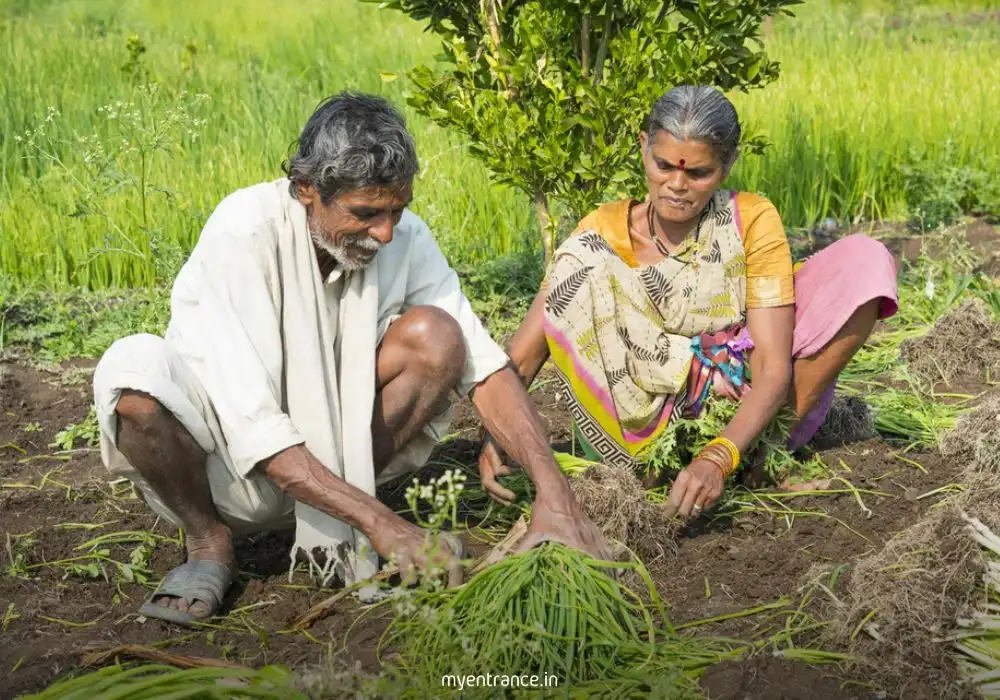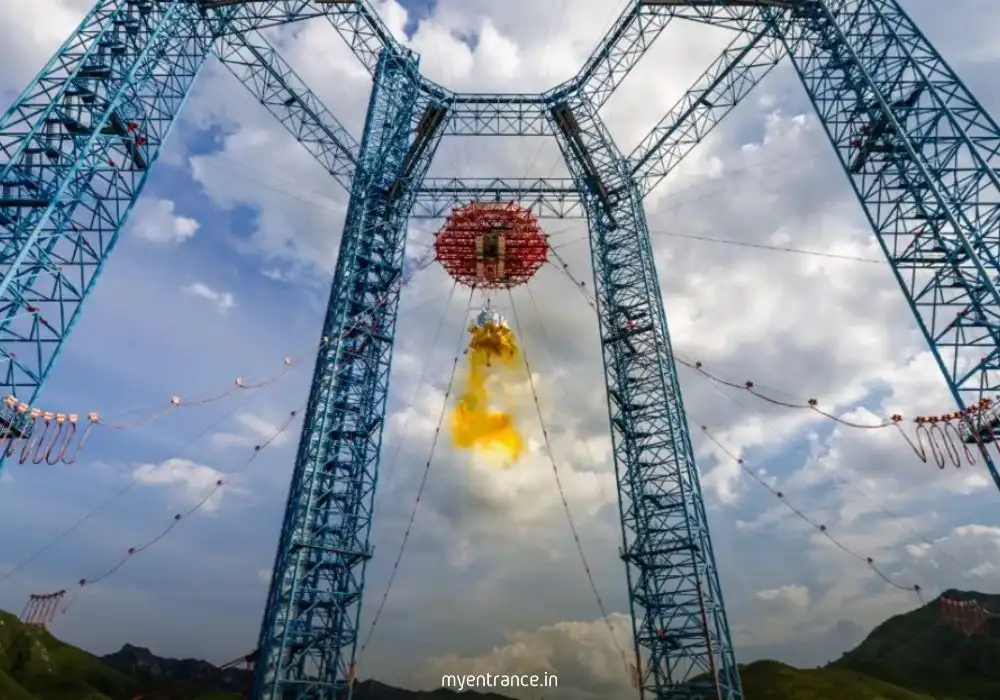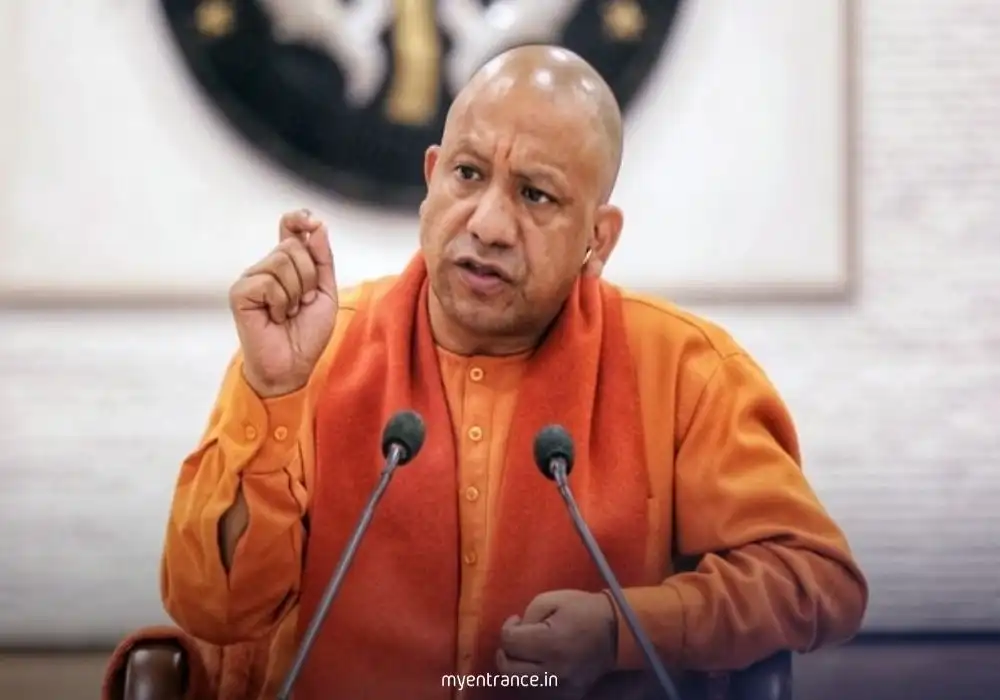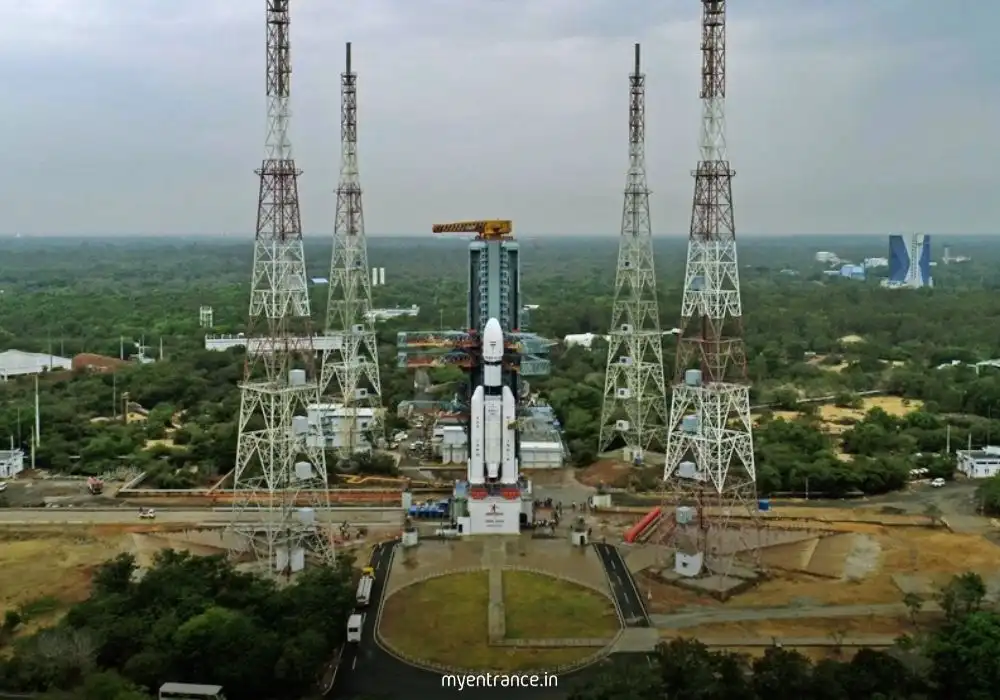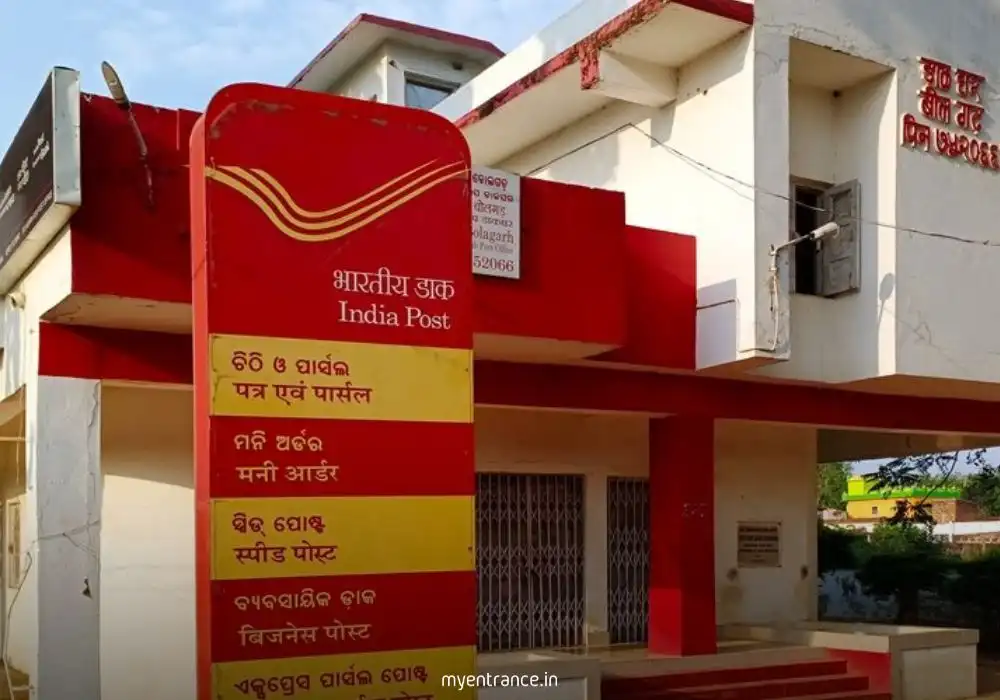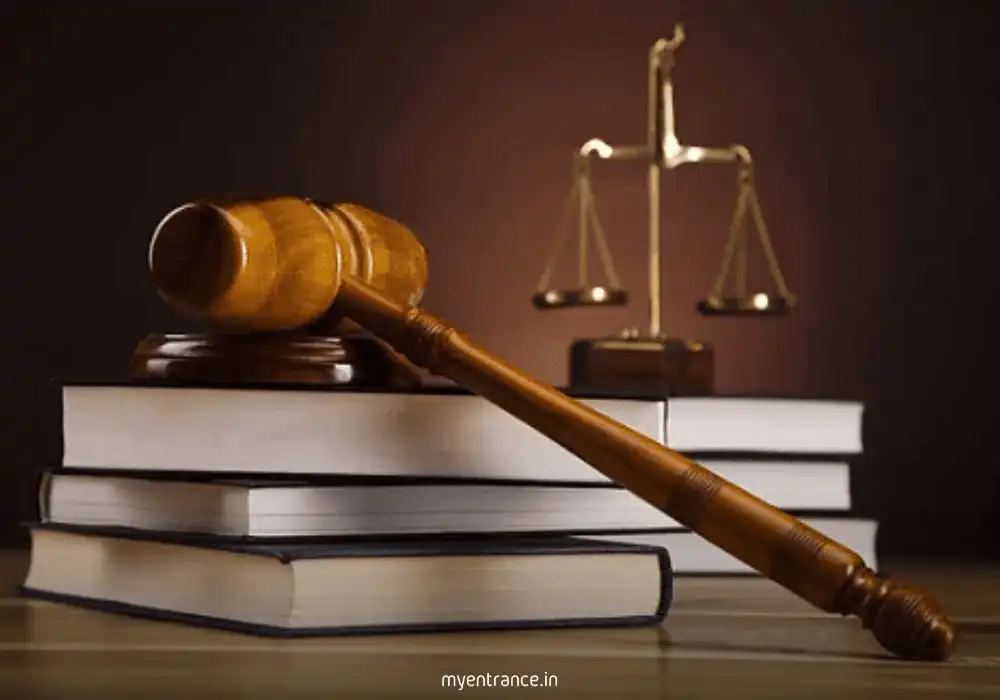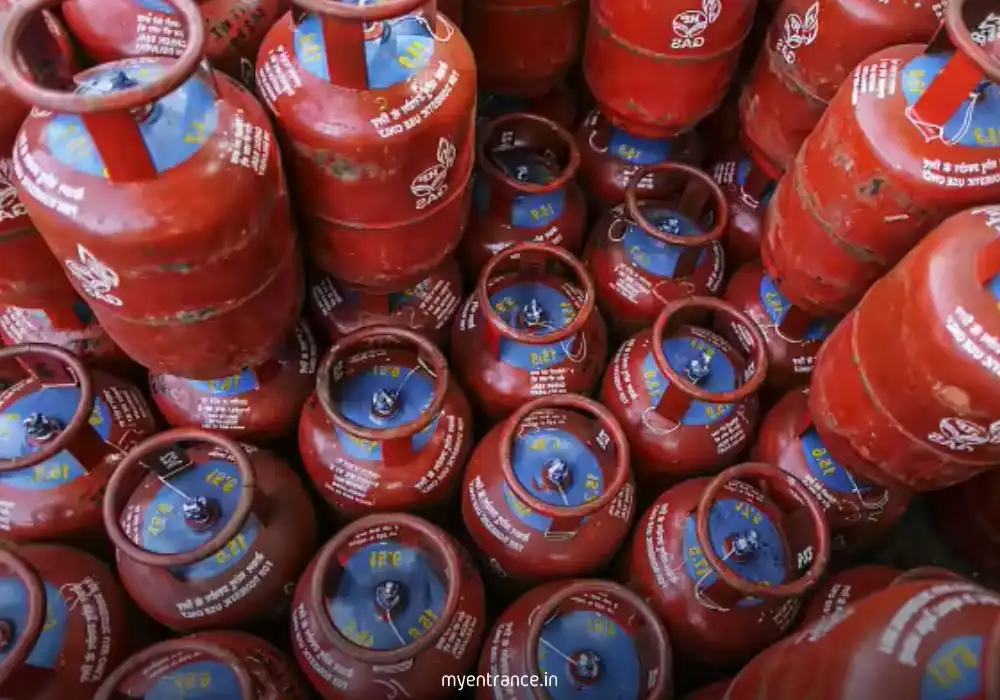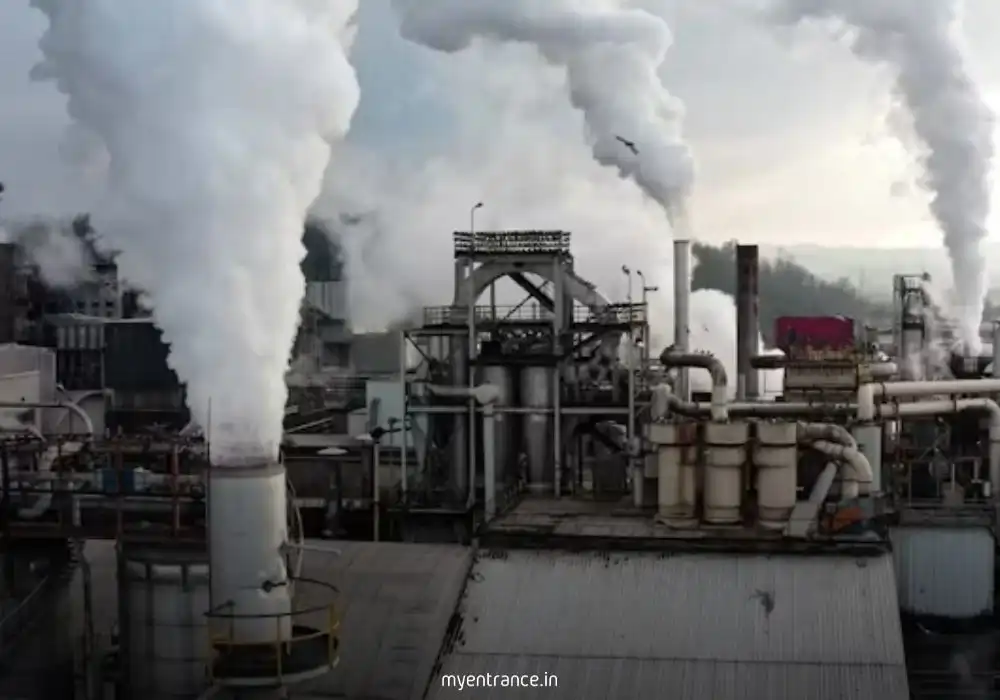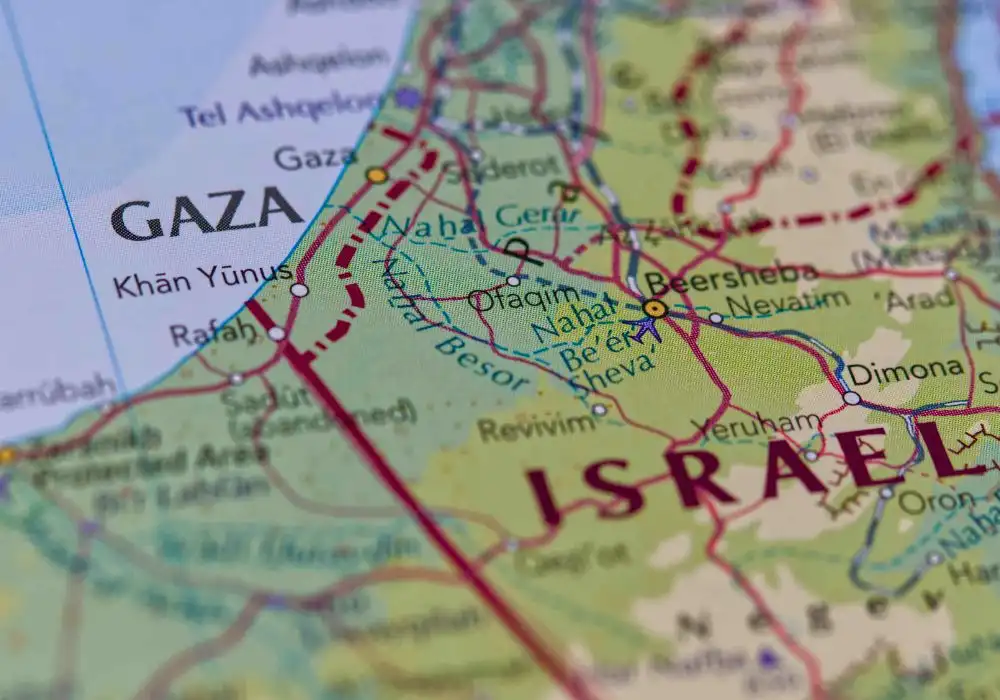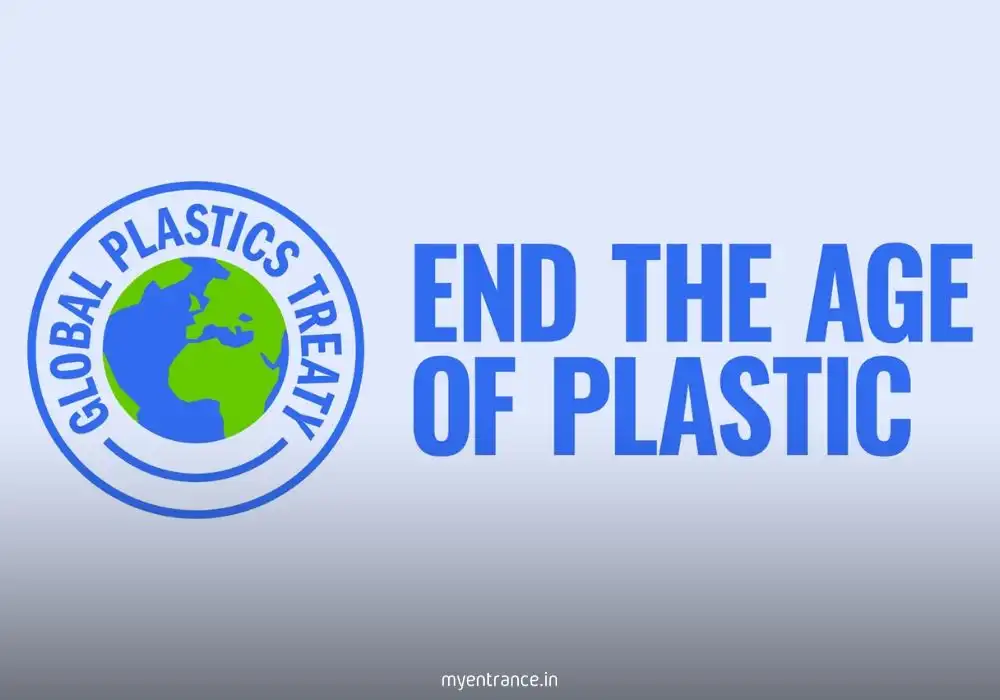Translate Language
J&K After Article 370: Key Milestones Every UPSC Aspirant Must Know
The revocation of Article 370 in August 2019 redefined Jammu and Kashmir’s relationship with India. This article unpacks constitutional complexities, security outcomes, and political shifts over six transformative years. For exam aspirants, it’s a goldmine for polity and current affairs sections.
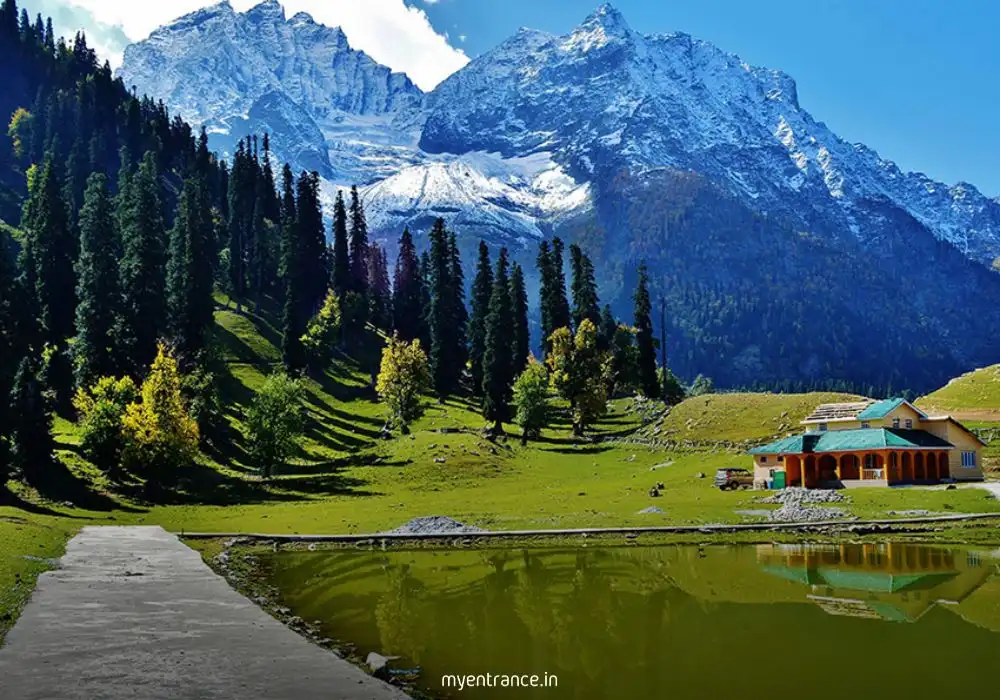
Six Years Without Article 370: A Constitutional Revolution
As educators guiding aspirants through India’s polity, let’s demystify the journey since August 5, 2019. Article 370 granted Jammu and Kashmir (J&K) autonomy over legislation (except defence/foreign affairs) and allowed Article 35A to define “permanent residents.” Its revocation—executed via Presidential Order under President’s Rule—reorganized J&K into two Union Territories: J&K (with a legislature) and Ladakh (without).
The Supreme Court’s landmark December 2023 verdict upheld this move, ruling:
No Sovereignty: J&K held no “internal sovereignty” post-India’s Constitution.
Temporary Provision: Article 370 was a transitional mechanism, amendable by the President.
Legality of President’s Rule: The Governor (acting as the State Legislature) validly recommended changes.
The Court cited the 1994 S.R. Bommai v. Union of India judgment, emphasizing federal balance during President’s Rule.
Ground Realities: Progress and Challenges
Security Gains:
Terrorist killings dropped from 67 (2024) to 28 (2025).
Local militant recruitment plummeted from 129 (2019) to 1 (2025).
Stone-pelting, hartals, and weapon snatching hit zero—though the Pahalgam attack (April 2025) exposed lingering risks.
Development & Investment:
Industrial schemes attracted ₹1.63 lakh crore in proposals; ₹50,000+ crore is operational.
Tourism lags despite incentives—only 5 hotels joined new schemes. Mega-projects like Radisson (Srinagar) and JW Marriott (Pahalgam) face land scarcity hurdles.
Political Flux:
The Omar Abdullah-led government (National Conference) passed a resolution demanding statehood restoration.
Power dynamics remain tense: the Lieutenant Governor controls police/services, curtailing elected leaders’ authority.
Why This Matters for Exams
This topic dominates UPSC/PSC/KAS syllabi:
Prelims: Indian Polity (Constitution, federalism, President’s Rule).
Mains: GS Paper II (Constitutional amendments, Centre-State relations, security challenges).
Recent Supreme Court rulings and J&K’s transition offer rich material for essays and case studies. Expect MCQs on legal mechanisms (e.g., Presidential Orders) and data-backed trends (security stats, investment schemes).
Questions & Answers
Q1. Which constitutional principle did the Supreme Court cite to validate Article 370’s abrogation during President’s Rule?
Ans: The Court relied on the S.R. Bommai v. Union of India (1994) judgment, which bars arbitrary dismissal of state governments but permits temporary federal adjustments during President’s Rule.
Q2. How did Article 35A define Jammu and Kashmir’s “permanent residents”?
Ans: It granted exclusive rights to state residents over property ownership, government jobs, and scholarships—invalidated alongside Article 370 in 2019.
Q3. What key argument did the Centre use to justify Article 370’s revocation?
Ans: Curbing terrorism and integrating J&K with national development frameworks. Post-2019 data shows a 99% drop in local militant recruitment.
Q4. Identify two economic challenges J&K faces despite post-370 industrial schemes.
Ans:
Land scarcity delaying hotel projects (e.g., JW Marriott).
Poor private investment in tourism despite ₹1.63 lakh crore proposals.
Q5. Why did the Supreme Court reject claims of J&K’s “internal sovereignty” post-1957?
Ans: The Court noted Maharaja Hari Singh’s 1949 Proclamation (ratifying India’s Constitution) and J&K’s 1956 Constitution declaring it an “integral part of India.”
Key Takeaways for Exams
Constitutional Tools: President’s Rule + Governor’s recommendation enabled Article 370’s revocation.
Security Wins: Drastic drops in violence but episodic threats (e.g., Pahalgam).
Political Limbo: Statehood demands persist amid power tussles between elected leaders and the LG.
Investment Gap: Policy incentives ≠ ground-level execution in tourism/industry.
Get 3 Months Free Access for SSC, PSC, NIFT & NID
Boost your exam prep!
Use offer code WELCOME28 to get 3 months free subscription. Start preparing today!
